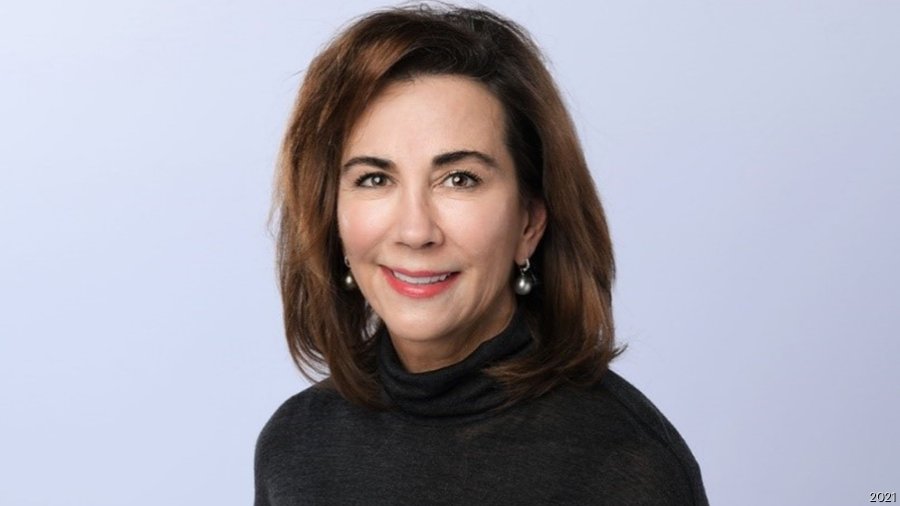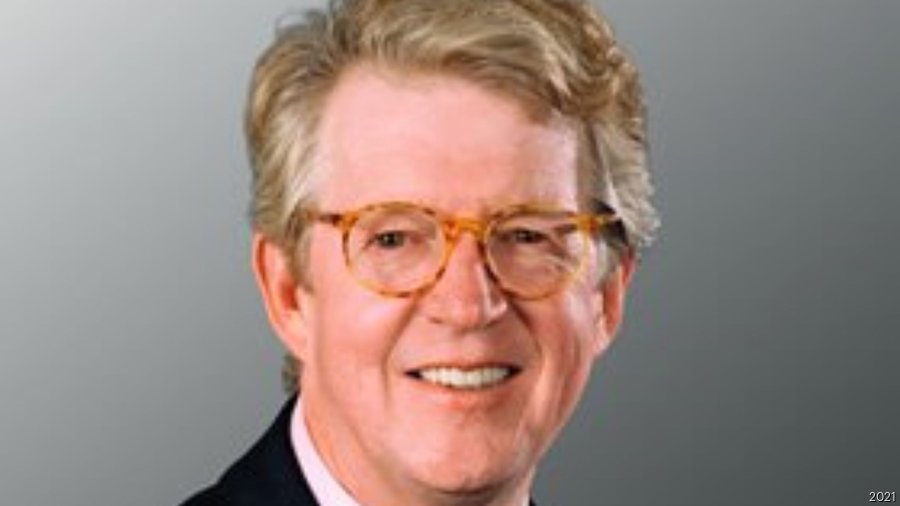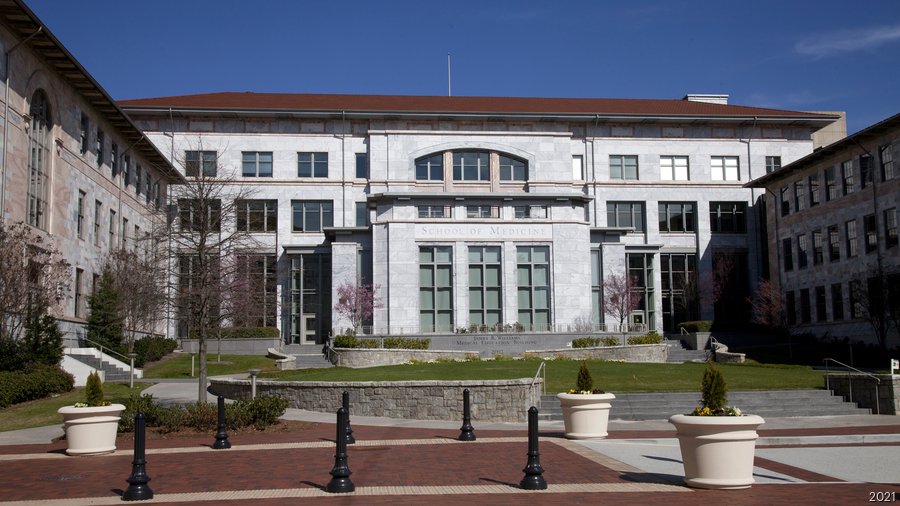The Emory University School of Medicine is getting a financial shot in the arm to help relieve the effects of a shortage of primary care doctors in Georgia.
Kathelen and Dan Amos, CEO of Aflac Inc. (NYSE: AFL), have pledged $5 million to create the Kathelen and Dan Amos Medical Student Loan Forgiveness Program.
“Our goal is to encourage and financially enable Emory medical school students to be on the front line of patient care and to make that a financially attractive option by eliminating some of their debt,” said Kathelen Amos, trustee of the Daniel P. Amos Family Foundation, during an exclusive interview with Atlanta Business Chronicle.


The program, which launched this month, provides relief in $40,000 increments to medical students and residents. They can receive up to four consecutive awards, for a total of $160,000.
In exchange, recipients must agree to work in Georgia at a duration commensurate with their financial award.
Those who receive $40,000 must work two years in Georgia. For $160,000 in loan forgiveness, five years of service is required.
Emory plans to give out about two dozen $40,000 awards this year.
The loan forgiveness program will not eradicate students’ debt. At Emory, annual medical school tuition and fees top $53,000. That does not include other expenses such as books, supplies and transportation. But the initiative could reduce the pressure some students feel to pursue more lucrative specialties and practice in metropolitan areas to earn enough money to pay back their loans — leaving a dearth of medical talent in rural areas and lower-paying disciplines.
“I’ve been struck by the shortage of primary care physicians,” said Amos, who is also a registered nurse in Columbus, Georgia. She said she has noticed an increase in the number of people who come to Columbus for primary care because they have limited access in surrounding rural counties.
“We hope this [program] levels the playing field, so that people choose to be of service and to go back to their community,” said Dr. Ted Johnson, director for the Division of General Medicine and Geriatrics at Emory.
Geriatric medicine, which focuses on older adults, is one area of primary care where the need is great, but the pay is not.
In Georgia’s metropolitan areas, there are 0.4 geriatricians per 100,000 residents, according to the Georgia Board of Healthcare Workforce. The rate drops to 0.1 per 100,000 residents in rural areas.
The spread is also stark between rural and urban parts of the state for family medicine, internal medicine and pediatrics, which also fall under the primary care umbrella.
“We hope that over time, this gift will bear fruit throughout the state," said Amos, who became aware of medical student debt a couple of years ago when Home Depot co-founder Ken Langone announced a plan to donate $100 million to cover tuition for New York University's medical school students. Amos, an Emory alumna and trustee, said her family wanted to contribute in a similar way to Emory's medical school.
"I did not realize how finance figures into whether students enter specialties," Amos said.
Starting salaries for geriatricians ($91,000), pediatricians ($120,000) and family physicians ($150,000) come in less than those for other specialties such as cardiologists ($210,000) and gastroenterologists ($240,000), according to data from ZipRecruiter.com.
“I didn't fully understand what my family was doing to help get me get through medical school," said Johnson, who attended Northwestern University. He said he was “insulated” from having to choose a career based on his future earnings. But Johnson, who is also a professor, said the “financial constraints are real,” and so is the impact on students and the community.
According to the National Institutes of Health, states with a higher ratio of primary care physicians to residents have better health outcomes and lower rates of mortality. And regular visits to the doctor lead to lower healthcare costs in the long run.
U.S. News and World Report ranked Georgia 43rd out of 50 states for how well it meets residents’ healthcare needs. Georgia came in 46th for access to preventative care.
| Rank | Prior Rank | Institution |
|---|---|---|
1 | 1 | Georgia State University |
2 | 2 | Kennesaw State University |
3 | 3 | Georgia Institute of Technology |



